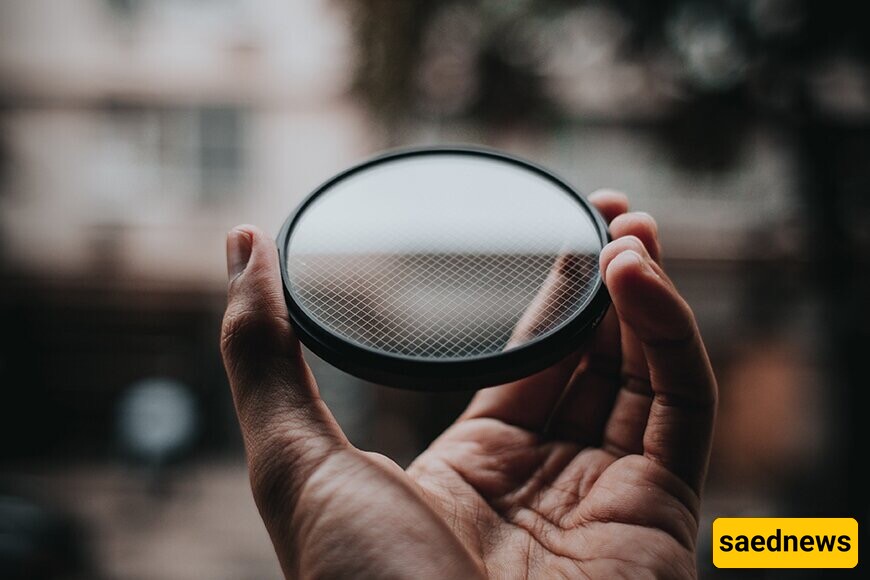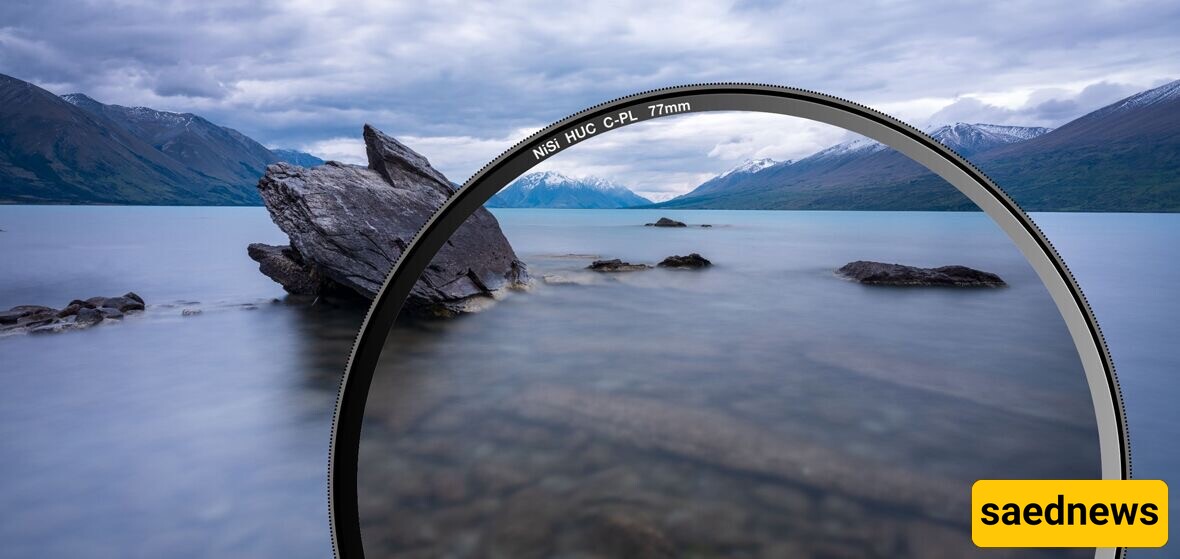In this article, we’ll explore some of the most important lens filters used in photography.

A camera lens, lens filters, and a tripod are among the essential tools for photography, especially in fields like landscape photography. If you’ve recently purchased a camera with an online loan and are looking to pursue photography professionally, investing in these accessories from an installment-based store should be a priority.
Before diving into the different types of lens filters and their uses, let’s first understand what a lens filter is.
Lens filters are essential camera accessories that attach to the front of a lens to help control light and achieve specific effects, such as color adjustments or reducing reflections.
Using lens filters can significantly enhance your photos, producing stunning results that would be difficult to achieve through digital post-processing alone. However, it's important not to confuse physical lens filters with digital filters used in editing software like Lightroom or Photoshop.
Lens filters come in various shapes, sizes, and brands, depending on their function and the desired effect.

The function of a lens filter depends on its type. While some filters primarily serve to protect the lens from scratches or damage, others are used to control light and enhance image quality. Below, we’ll analyze different types of lens filters based on their functionality.
UV filters, also known as protective filters, help shield your lens from dust, moisture, and accidental damage. However, many professional photographers avoid using them, as they can slightly reduce image clarity and cause blurriness.
Neutral Density (ND) filters are essential for landscape photography. These filters reduce the amount of direct light reaching the camera sensor, helping photographers manage bright conditions.
One of the most commonly used ND filters is the solid ND filter, which reduces light evenly across the frame. Its primary function is to increase exposure time, allowing for long-exposure photography without adjusting ISO or aperture settings.
As the name suggests, polarizing filters polarize light before it reaches the sensor, providing benefits such as:
Enhancing contrast for a natural look
Eliminating glare and reflections from reflective surfaces
There are two main types of polarizing filters:
Linear Polarizers
Circular Polarizers (more commonly used today due to their even polarization effect)
For the best results, polarizing filters work most effectively when the light source is at a 90-degree angle to the subject.
Color filters are designed to alter or enhance the color in an image. These filters were especially popular before digital photography, as they helped improve images by adding color tints. However, with advancements in digital cameras, they are now rarely used.
It may sound surprising, but there are specialized filters for night photography. These filters help reduce light pollution, allowing photographers to capture natural colors while maintaining the darkness of the night sky.
Close-up filters, also known as macro filters, provide magnification capabilities similar to macro lenses. These circular filters function like magnifying glasses, enabling photographers to focus on small subjects at close range for detailed shots.
Similar to UV filters, skylight filters help reduce UV light and minimize the harsh lighting often seen in bright summer landscapes. These filters are particularly useful for snow photography, as snow reflects UV light, sometimes giving images an unwanted blue tint.
Some lens filters are designed specifically for special effects, including:
Infrared filters
Skylight filters
Color correction filters
Fog filters
However, many of these filters are now obsolete, as similar effects can be easily achieved in Photoshop.
Whether you're a beginner or a professional photographer, understanding and using the right lens filters can help you achieve better image quality and stunning visual effects.
In this article, we introduced some of the most practical lens filters and their functions.
If you're planning to invest in a new camera or lens filters, you can use an online credit loan to finance your purchase, ensuring you have all the necessary photography gear.

